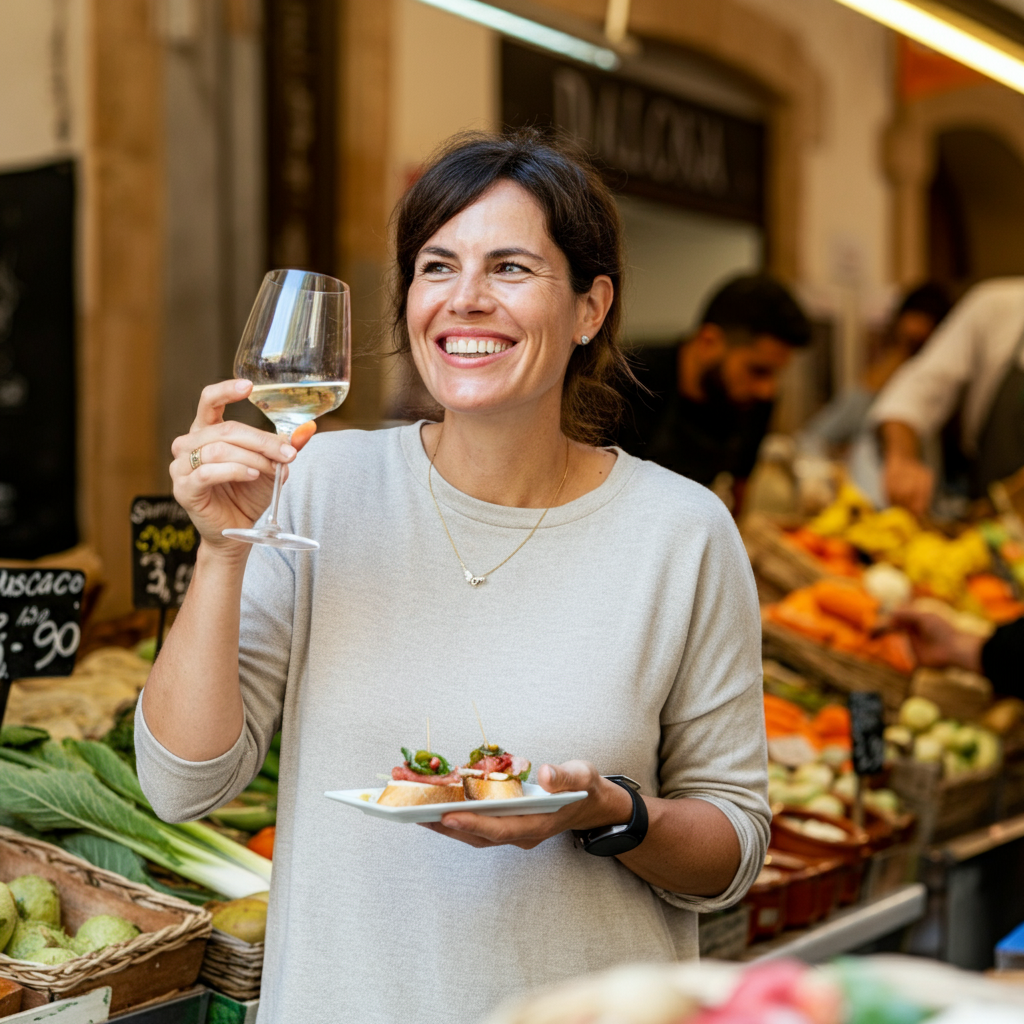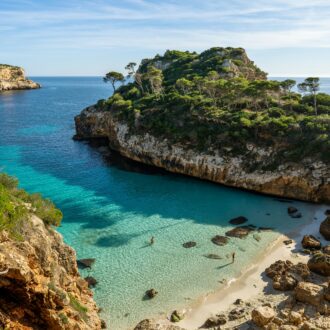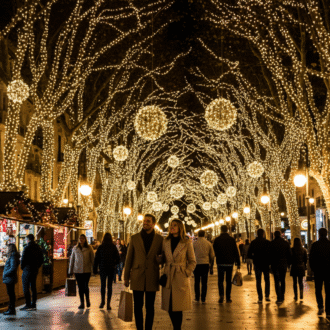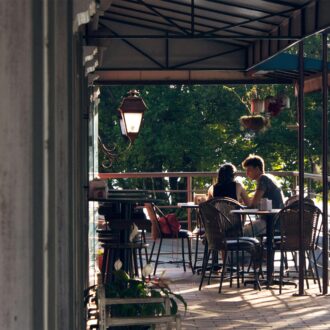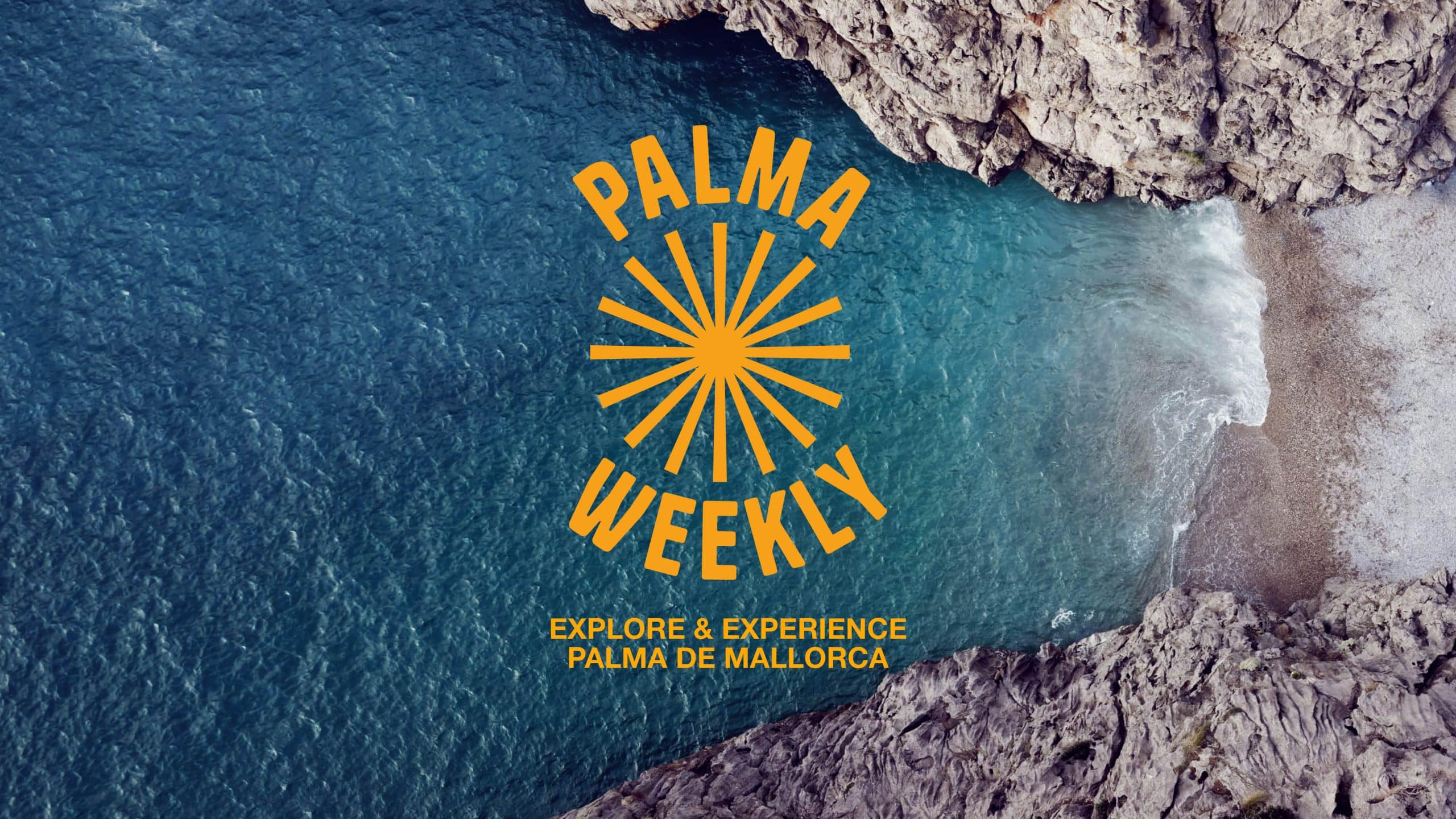La Rambla, Palma – The Flower-Lined Heart of the City
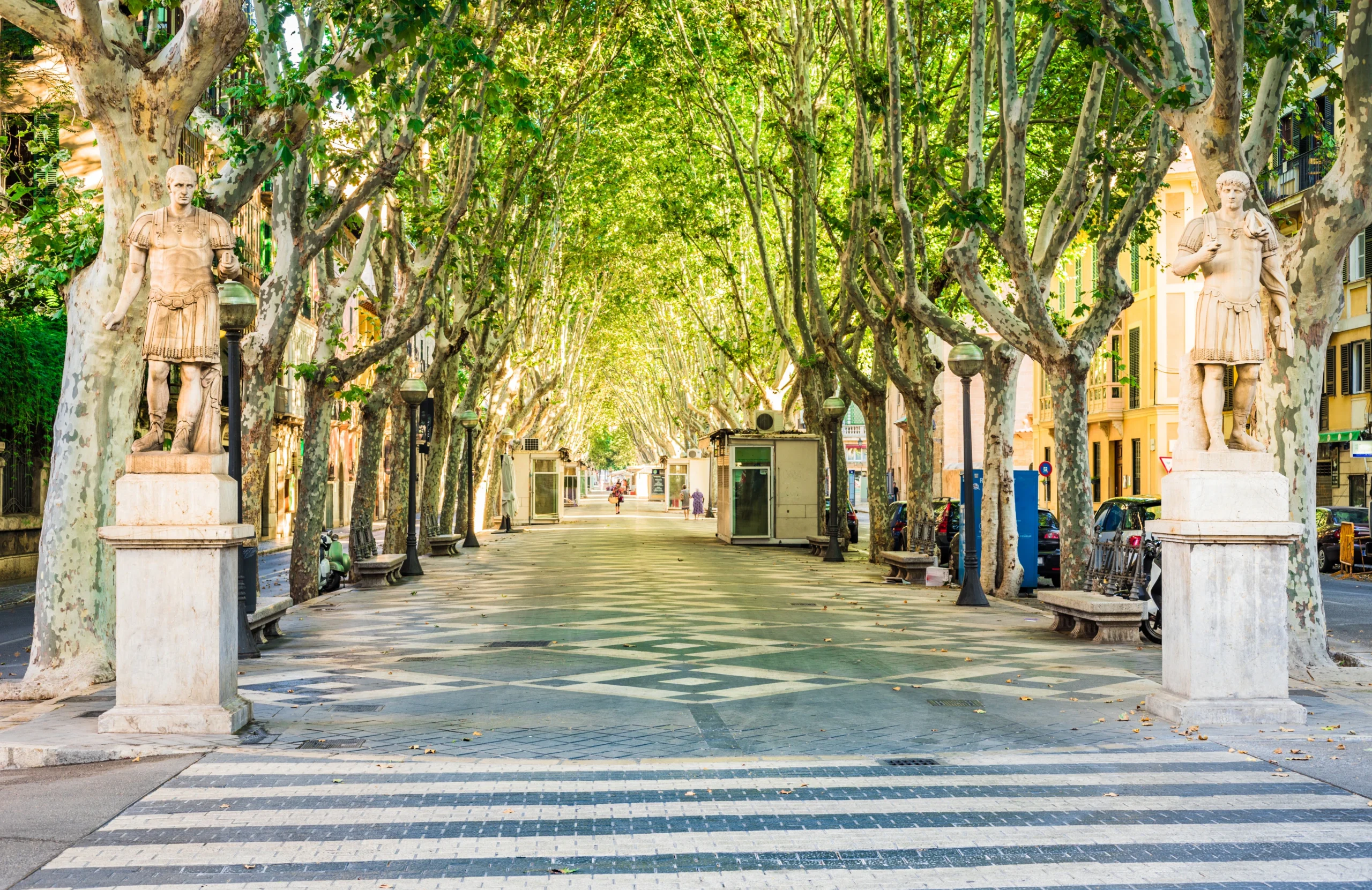
Few places in Palma capture the city’s quiet charm like La Rambla — a tree-lined avenue that combines history, elegance, and everyday life. Just a short walk from Plaza Mayor and Teatre Principal, this pedestrian boulevard is one of Palma’s most atmospheric streets.
🌸 A Stroll Through the Flower Market
Running between Calle de los Olmos and Via Roma, La Rambla is lined with flower stalls, small cafés, and shaded benches. Each morning, florists open their kiosks, filling the air with the scent of lilies, roses, and orchids — a tradition that’s lasted for generations.
Unlike its famous cousin in Barcelona, Palma’s La Rambla is shorter, quieter, and designed for leisurely walks rather than crowds. Traffic flows slowly on either side, but the central promenade remains purely for pedestrians.
🏛️ Architecture & Atmosphere
Elegant 19th- and early 20th-century façades flank both sides, home to bookshops, old pharmacies, and boutiques. Street musicians often play near the fountains, creating a relaxed, almost cinematic backdrop.
The avenue also serves as a link between Palma’s cultural quarter and shopping district, connecting to Plaza Weyler, Plaza del Mercat, and Calle Sant Miquel.
A short climb at the southern end leads to Plaza Mayor, while the northern end opens toward Via Roma and its local cafés.
☕ Cafés & Restaurants Nearby
Though small, La Rambla’s side streets hide some of Palma’s most interesting dining spots:
Toque de Queda
Tucked away on Calle Can Cavalleria, this bohemian restaurant mixes tapas with creative Mediterranean cuisine. Its brick arches and candlelight make it a favourite for evening dinners.
Marc Fosh
Just a few minutes away, Marc Fosh offers Michelin-star fine dining focused on local ingredients and modern presentation — perfect for a special occasion.
Cafés on the Boulevard
Several small terraces line La Rambla itself, ideal for a morning coffee or afternoon glass of wine while watching the world go by.
🛍️ Shopping Around La Rambla
From La Rambla, it’s easy to explore Palma’s main shopping triangle:
- Walk up Calle de los Olmos to reach Sant Miquel, a lively pedestrian street filled with local shops and bakeries.
- Turn toward Plaza del Rey Juan Carlos I for designer stores and department shopping along Avenida de Jaime III.
- Or stroll down to Paseo del Borne, one of Palma’s most elegant boulevards, home to boutiques like Louis Vuitton, Massimo Dutti, and Rialto Living.
🌿 Hidden Streets to Explore from La Rambla
La Rambla acts as a gateway to some of Palma’s most atmospheric backstreets.
Carrer de Sant Feliu
A few steps away, this narrow street leads toward Paseo del Borne and houses art galleries, boutiques, and design studios.
Calle Sant Miquel
A busy pedestrian artery filled with traditional Mallorcan shops, bakeries, and fashion stores — perfect for combining a cultural walk with some shopping.
Plaza Mayor
Accessible via the steps at the end of La Rambla, this grand square is a lively hub for street artists, markets, and cafés with sunny terraces.
🎭 Nearby Landmarks
- Teatre Principal: Palma’s historic theatre, hosting opera, concerts, and cultural events year-round.
- Plaza Weyler: Compact square with modernist architecture and a beloved local bakery.
- Plaza del Mercat: Surrounded by elegant buildings, including the iconic Gran Hotel, now part of Fundació La Caixa cultural centre.
La Rambla is also a short walk from Passeig des Born, Plaza España, and the Old Town, making it a natural stop during any day exploring the city.
🕰️ History of La Rambla
La Rambla’s name comes from the Arabic ramla, meaning “sandy riverbed.” Centuries ago, a torrent ran along this path, draining rainwater from Palma’s upper quarter toward the sea. By the 19th century, the area was paved, planted with trees, and transformed into a promenade — a place for locals to stroll, shop, and meet.
Over time, La Rambla became Palma’s social and floral centre, famous for its open-air flower stalls, which first appeared in the early 1900s. Many of the historic buildings that line the street today were once family residences, later converted into elegant shops and cafés as the city modernised.
🌿 Local Tip
Visit in the late morning or around sunset — the light filtering through the trees is beautiful, and the flower stalls are at their most vibrant. In spring, jasmine and orange blossoms fill the air, adding to the street’s romantic feel.
